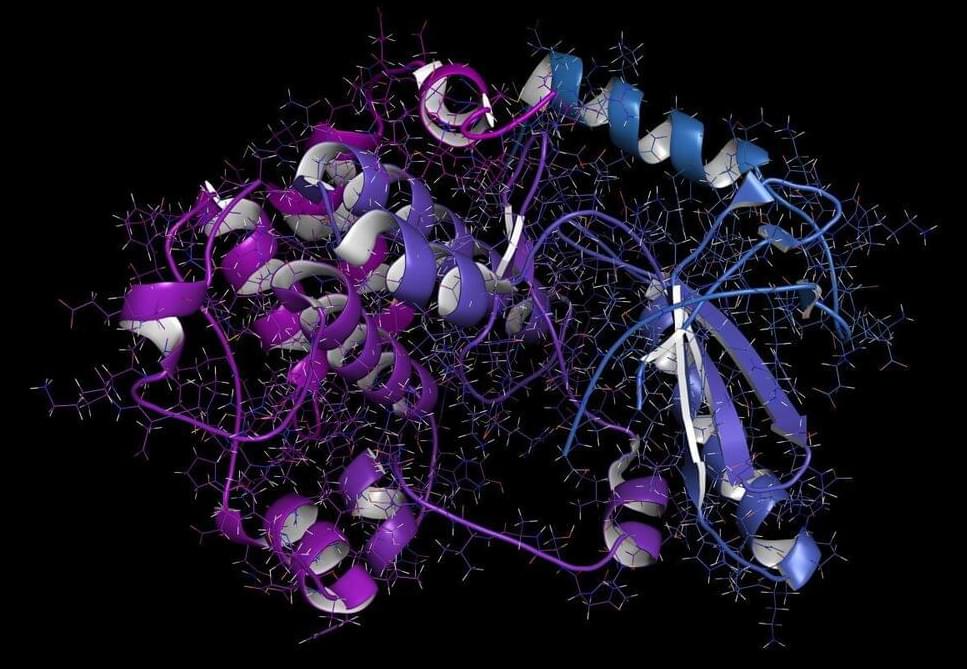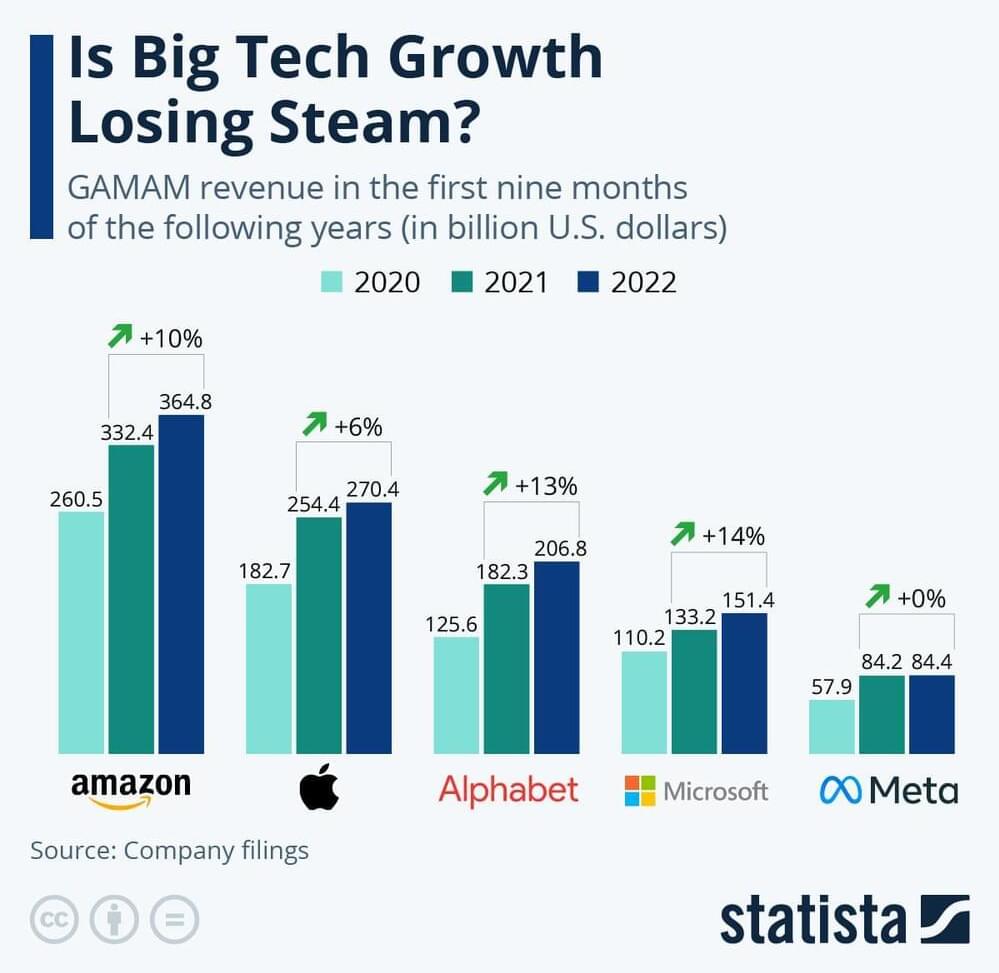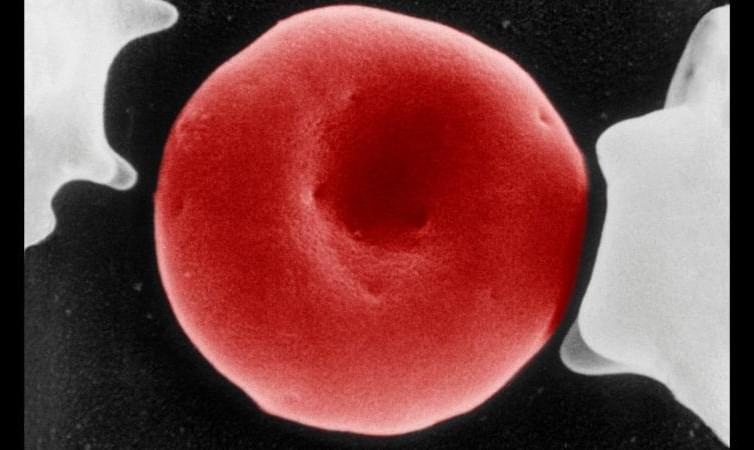Arthur C. Clarke, science fiction author and futurist, crossed paths with the scientists of the Bell System on numerous occasions. In 1945, he concurrently, but independently, conceived of the first concept for a communications satellite at the same time as Bell Labs scientist, John Robinson Pierce too, was a science fiction writer. To avoid any conflict with his day job at Bell Labs, Pierce published his stories under the pseudonym J.J. Coupling.
In the early 1960s, Clarke visited Pierce at Bell Labs. During his visit, Clarke saw and heard the voice synthesis experiments going on at the labs by John L. Kelly and Max Mathews, including Mathews’ computer vocal version of “Bicycle Built for Two”. Clarke later incorporated this singing computer into the climactic scene in the screenplay for the movie 2001: A Space Odyssey, where the computer HAL9000 sings the same song. According to Bob Lucky, another Bell Labs scientist, on the same visit, Clarke also saw an early Picturephone, and incorporated that into 2001 as well.
In 1976, AT&T and MIT held a conference on futurism and technology, attended by scientists, theorists, academics and futurists. This interview with Clarke during this conference is remarkably prescient—especially about the evolution of communications systems for the next 30+ years.
The interview was conducted for an episode of a Bell System newsmagazine, but this is the raw interview footage.
Footage courtesy of AT&T archives and history center, warren, NJ.







